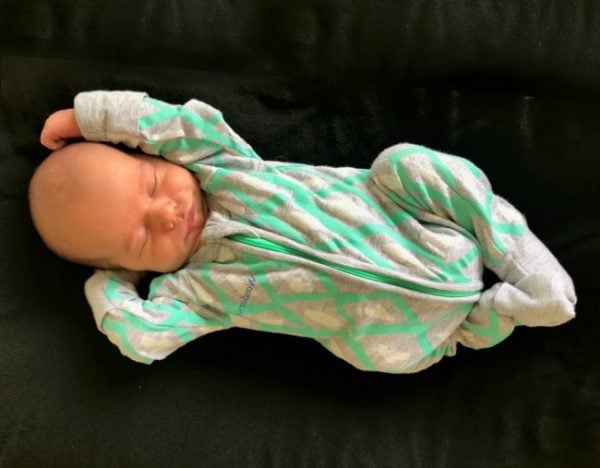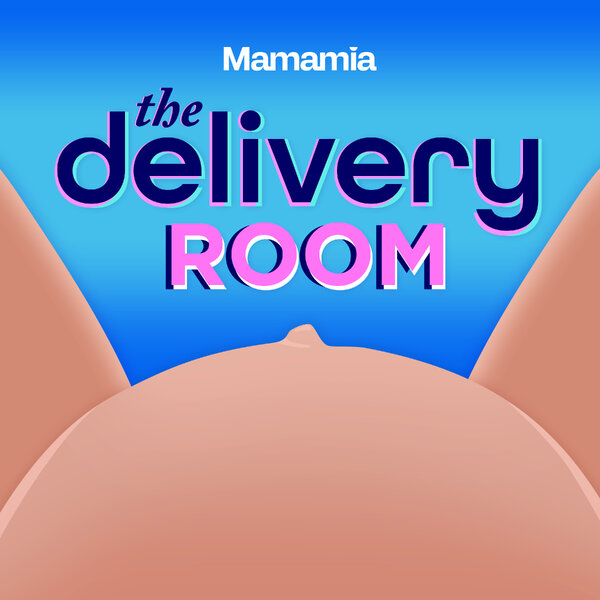“What the f*** just happened to me? I left the hospital feeling like I had just been swindled by a set of very well organised con artists after the birth of my first child,” Brisbane mother of two, Sarah*, said.
Despite being a lawyer and teacher, Sarah didn’t even realise she had options in the birth until she was 38 weeks pregnant and instead, placed her trust completely in the hands of care providers.
“No one told me I could say no. I thought that in the public system you just get what you are given. Once I did realise and was negotiating my care to the best of my ability in hospital, I didn’t realise how skilled care providers can be at carefully making sure that the train, you think you are now in control of, is deliberately set on a certain track,” she said.
Without a birth plan or an advocate, Sarah found herself at the mercy of the hospital system and what she hoped would be a drug-free natural birth with skin-to-skin contact, ended up as a what she describes as a “train wreck”.


